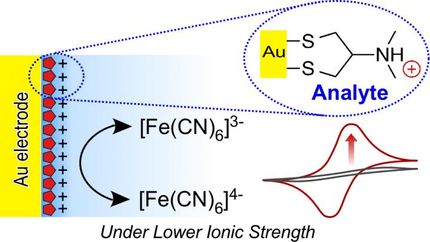CAS REGISTRY approaches 50 millionth registration
CAS, a division of the American Chemical Society, announced that it is on track to register the 50 millionth unique chemical substance on September 7. This milestone came quickly, since it was only 9 months ago that CAS registered its 40 millionth substance. In contrast, it took 33 years for CAS to register the 10 millionth compound in 1990.
"The pace of discovery in molecular science is quickening," said Dr. Mathew Toussant, Senior Vice President of Editorial Operations at CAS. "We are finding that the predominant source of new chemical substances is global patent literature."
REGISTRY is the only integrated comprehensive source of chemical information from a full range of patent and journal literature that is curated and quality controlled by scientists working around the world. For more than 100 years, CAS scientists and colleagues in several nations have meticulously analyzed and indexed publicly disclosed global scientific information to build up the unique REGISTRY resource that provides not only chemical names, the unique CAS Registry Number, and vital literature references but also ancillary information such as experimental and predicted property data (boiling and melting points, etc.), commercial availability, preparation details, spectra, and regulatory information from international sources.
CAS scientists follow rigorous criteria that maintain the famously high quality and reliability of information in its REGISTRY. Scientists identify reputable sources and use consistent analysis before registering a substance.
"The growth of the CAS REGISTRY is all the more remarkable as CAS rigorously maintains long-trusted standards for registration of substances," says Christine McCue, CAS Vice President of Marketing. McCue added, "This is why the CAS REGISTRY is the database of record for chemical searching by patent offices around the world as well as being what many call 'the gold standard' for chemical research everywhere."
Most read news
Other news from the department research and development

Get the chemical industry in your inbox
By submitting this form you agree that LUMITOS AG will send you the newsletter(s) selected above by email. Your data will not be passed on to third parties. Your data will be stored and processed in accordance with our data protection regulations. LUMITOS may contact you by email for the purpose of advertising or market and opinion surveys. You can revoke your consent at any time without giving reasons to LUMITOS AG, Ernst-Augustin-Str. 2, 12489 Berlin, Germany or by e-mail at revoke@lumitos.com with effect for the future. In addition, each email contains a link to unsubscribe from the corresponding newsletter.





















































